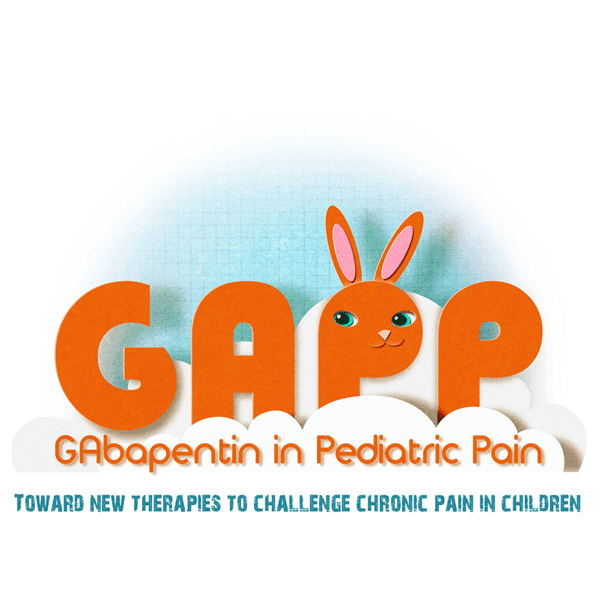

Due to the lack of evidence-based data, neuropathic pain represents a very “orphan” condition for which to date no recommended treatment exists in children.
In particular, the “WHO guidelines on the pharmacological treatment of persisting pain in children with medical illnesses” (2012) underline that “At present, it is not possible to make recommendations for or against the use of antidepressants or anticonvulsants in the treatment of neuropathic pain in children” and concludes that “If the search for alternative strong opioids to morphine (or intermediate-level one, such as tramadol) represents the first priority, the second priority is the search for drugs with positive effects on reducing neuropathic pain”. Among these, gabapentin is specifically listed.
Gabapentin (Neurontin) [1-(aminomethyl)cyclohexane acetic acid] is a structural analogue of GABA which was originally licensed for the adjunctive treatment of epilepsy, but soon showed promise in the treatment of chronic pain syndromes, especially neuropathic pain. Gabapentin is now approved in several European Member States for the treatment of epileptic syndromes in adults and children and several types of neuropathic pain such as painful diabetic neuropathy and post-herpetic neuralgia, the latter only in adults.
Because it is better tolerated, with fewer side effects than other analgesics and minimal interactions with other drugs, gabapentin is increasingly prescribed. Major side effects related to gabapentin treatment include dizziness (24%), somnolence (23%–27%), confusion (8%) and ataxia (7%) (Backonja M et al., 1998; Rowbotham M et al., 1998).
Why testing gabapentin in children?
Due to its efficacy in the treatment of chronic neuropathic pain of different aetiology gabapentin is largely used off-label in the treatment oncological pain, trigeminal neuralgia, complex regional pain syndromes, headaches, pain following spinal cord injury, pain associated with multiple sclerosis, phantom limb pain and herpes zoster (Mellegers MA et al., 2001). The clinical observation that there are very few side effects associated to gabapentin often becomes part of the rationale for initiating gabapentin therapy.
Notwithstanding the efficacy that gabapentin has shown in a wide variety of pain syndromes, thoughtfully designed, large scale clinical trials are mandatory to confirm its efficacy and safety in children.
Gabapentin also appears to be an important therapeutic tool in the reduction of chronic mixed pain in children for which morphine is often used as standard therapy. Thus, as in adults, gabapentin could represent a means to reduce morphine requirement and opioids associated addiction risk (Keskinbora K et al., 2007; Gilron I et al., 2005).